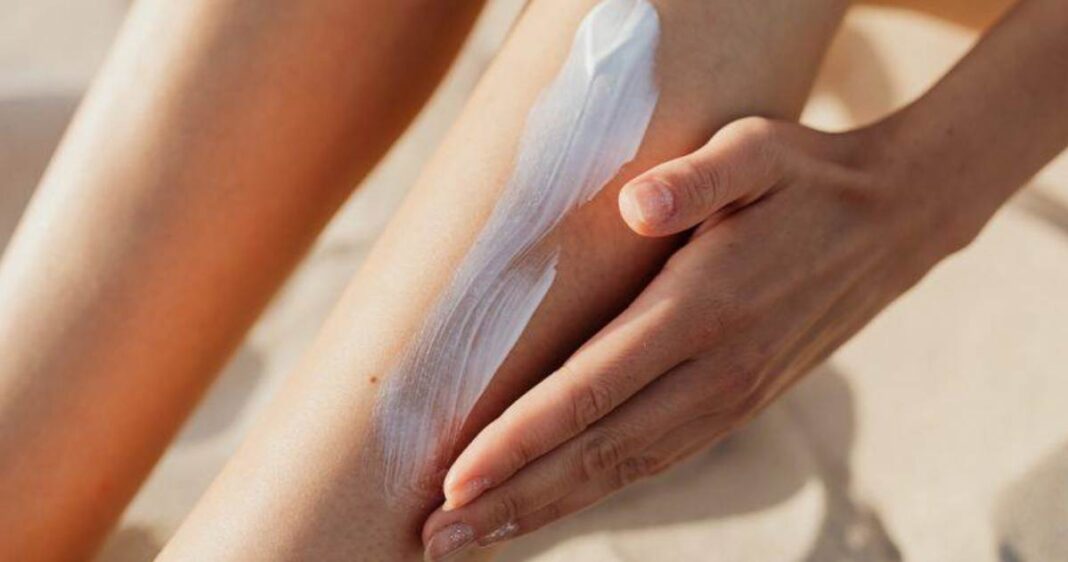Waxing is a traditional hair removal method that has been used for centuries and is still a method of choice for most people. But is it working the opposite for you?
The possible reason behind this is inadequate post-waxing care. Why is waxing aftercare important? Waxing disturbs your skin barrier and makes your hair follicles sensitive. Therefore, you must follow waxing post-care steps to soothe your skin and let the hair regrowth be as fine as possible. Let’s dive into the details of these after-wax care tips.
Table of Contents:
- Part 1: Immediate Post-Wax Care
- Part 2: Moisturizing and Hydrating the Skin
- Part 3: Exfoliation and Ingrown Hair Prevention
- Part 4: Sun Protection
- Part 5: Maintenance and Follow-Up Sessions
Part 1: Immediate Post-Wax Care
Waxing can easily cause rashes, inflammation, and redness on your skin. So, it is best to book your waxing appointment one day before the important event. This leaves you with some time to treat your skin if anything happens. Here are some tips you can try while waiting for the D-day!
Cleansing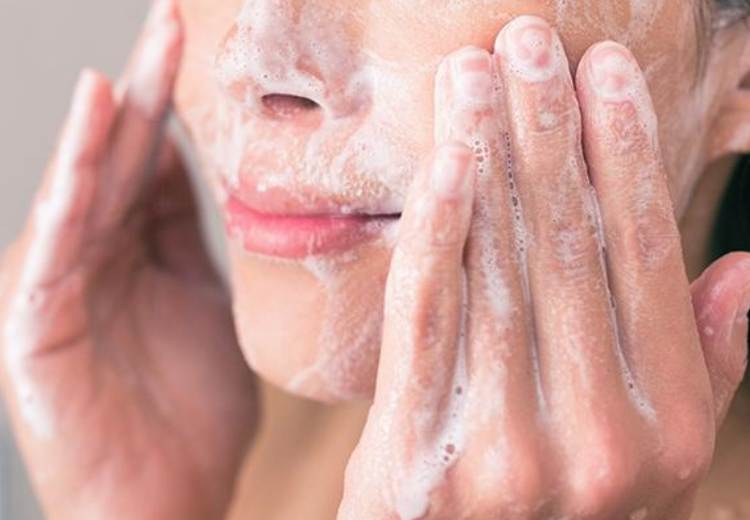
After waxing, you need to remove all the wax residues from your skin. They tend to stick to your skin and might block its pores. So, apply a gentle cleanser with natural ingredients like tea tree oil to cleanse the skin and remove wax residues. You can also use petroleum jelly as a cleanser.
Soothing the Skin
It is common for those with sensitive skin to suffer from skin irritation, redness, itchiness, or inflammation after waxing. To soothe this irritation, you can use a cooling gel or natural plant-based products like aloe vera.
Aloe vera has anti-inflammatory and cooling properties, so you can use it immediately after wax to alleviate skin redness and itchiness. It can also be used as a soothing agent after Brazilian wax care.
Avoid Irritants
Another important post-wax care tip is to avoid irritants for at least 24 hours after hair removal. Wax pulls hair from the roots, causing a shock to hair follicles. Therefore, the skin tends to be sensitive after waxing. Irritants like harsh soaps, fragrances, or even tight clothes can aggravate inflammatory reactions in your skin.
However, sun exposure or sweat caused by hot showers also worsens the inflammatory reactions. Hence, refrain yourself from going out in the sun or taking a hot shower for a day or two.
Part 2: Moisturizing and Hydrating the Skin
After cleansing comes the skin hydration. Let’s see how to choose the right moisturizer and understand its application routine.
Selecting the Moisturizer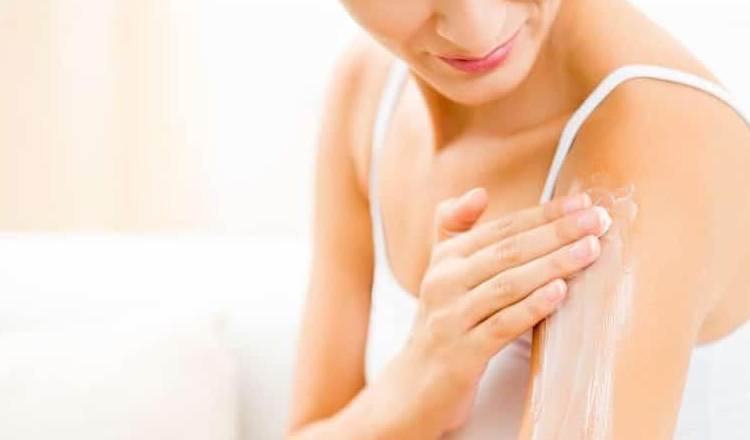
While choosing a moisturizer to use after waxing, go for a non-comedogenic and fragrance-free hydrating agent. Fragrances can start allergic or inflammatory reactions on the skin while comedogenic products such as coconut oil tend to clog your pores.
Therefore, buy a gentle, lightweight moisturizer to hydrate your skin, retain moisture, and help it recover properly.
Moisturizing Routine
Whether it is the wax day or any regular day, everyone must apply moisturizer daily to keep the skin hydrated, supple, and smooth. It is usually applied after cleansing and before applying any other products like makeup or sunscreen.
Use the moisturizer twice daily, once in the morning and once before sleeping. This helps prevent moisture loss at night thus keeping the skin firm and plump all the time.
Avoiding Heavy Fragrances
Your freshly waxed skin has become weaker and more sensitive. Using creams or lotions with heavy fragrances can irritate it further. These fragrances can also disrupt the protective barrier of your skin making it prone to foreign agents and infections. Avoid using such creams, gels, or lotions, and buy only gentle and fragrance–
Part 3: Exfoliation and Ingrown Hair Prevention
Gentle Exfoliation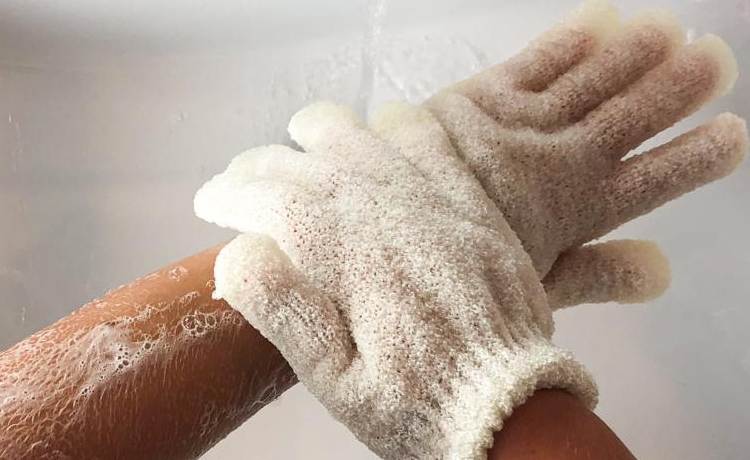
Gentle exfoliation 2-3 days after waxing can help keep your skin smooth and prevent ingrown hair. Dirt, debris, and dead cells pile up on the skin, making it difficult for new hair to emerge. Hence, it starts curling back into the skin, causing ingrown hair.
Therefore, it is recommended to exfoliate all the impurities from your skin twice a week to attain a silky and soft skin texture.
Exfoliation Techniques
Here are some tips to perfectly nail your exfoliating session after waxing:
- Use a brush with soft bristles to exfoliate dead cells from the skin and let your hair grow in the right direction
- Brushing can damage dry and sensitive skin. These skin types should use exfoliating products with glycolic or salicylic acid in them
- For exfoliation, rub the exfoliating brush, gloves, or product in a small gentle circular motion on the specified area
- If you are using a chemical exfoliator, then it is essential to rinse your skin with lukewarm water after exfoliation
- Do not forget to moisturize your skin after exfoliation
Ingrown Hair Treatments
If you suspect an ingrown hair, you can treat it by using ingredients like glycolic acid or salicylic acid. They act as great exfoliators, resurface fresh skin by eliminating the top layer of dead cells, give you a brighter complexion, and make hair regrowth easier.
In addition, plant products like tee tea oil or witch hazel extract can help soothe skin irritation caused by ingrown hair.
Part 4: Sun Protection
Application of Sunscreen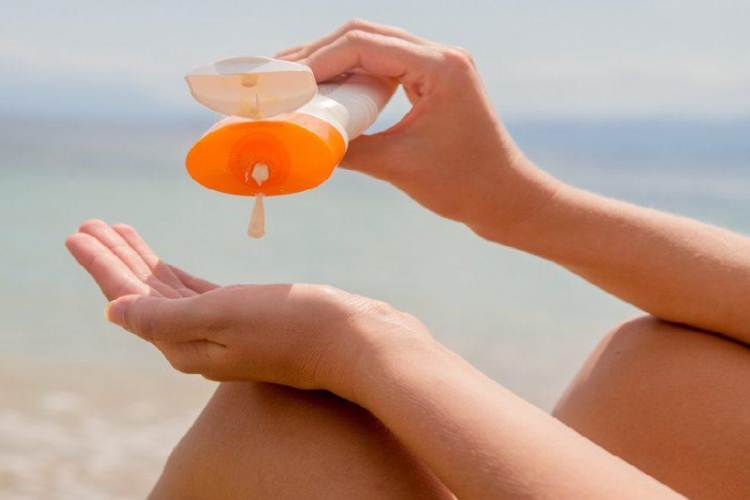
Your skin suffers more damage due to UV rays of the sun after waxing as it slightly strips off the upper layer of skin. Therefore, you must apply sunscreen a broad-spectrum sunscreen with SPF 30 after waxing before going out. Go for a physical sunblock rather than a chemical sunscreen.
Sunblocks create a physical barrier above the skin and prevent UV rays from entering. On the other hand, a chemical sunscreen lets these rays penetrate the skin and converts them into heat.
Avoiding Sun Exposure
You can use sunscreen but only after 24 hours. Then, what to do in those 24 hours? Either avoid sun exposure, especially during the peak hours, or wear protective goggles, hats, and full-length clothes. This can help prevent skin burns or hyperpigmentation on your freshly waxed skin.
Part 5: Maintenance and Follow-Up Sessions
Regular Waxing Schedule
Waxing slows hair growth and makes it less dense. The new hair that grows out is thinner and softer than before. Thus, maintaining consistency in your waxing schedule can help you get long-lasting results and avoid excessive hair regrowth in the long run.
Therefore, if you want to enjoy nearly long-lasting results without having to spend a hefty sum of money, set your waxing appointments every 3-6 weeks apart and follow the schedule strictly.
Ensure Proper Hair Length
Your needs to be ¼ to ½ inches long at the time of your waxing session. The wax will not stick effectively with any hair length shorter or longer than this. Once you have the optimal hair length, they can be easily pulled out from the roots when you remove the wax.
You can use either trimmers or small scissors to cut off the extra length of hair. This makes waxing less messy and less painful as well.
Ask for Professional Assistance, if Necessary
If you encounter complications after waxing that worsen over time, seek guidance from a professional, who can timely diagnose the problem and treat it accordingly.
However, you can also get a consultation on the wax that suits your skin type. Professionals can also provide you with some tips from a medical point of view to prevent the same problem from occurring in the future.
Conclusion
For a flawless waxing session, your hair needs to be less than half an inch long. After cleansing your skin, remove wax residues and hydrate it with a gentle moisturizer. I prefer staying at home for at least 12-24 hours after waxing. However, if you need to go out, wear sunscreen to protect your skin against sunburns and skin cancer.
This is important for the health of your skin and the prevention of other harmful causes, such as ingrown hair, redness, and itching. If preventive measures are ineffective against ingrown hair, you can try regular exfoliation and soothing agents like tea tree oil to treat these painful tiny bumps.

 By Mariela
By Mariela
